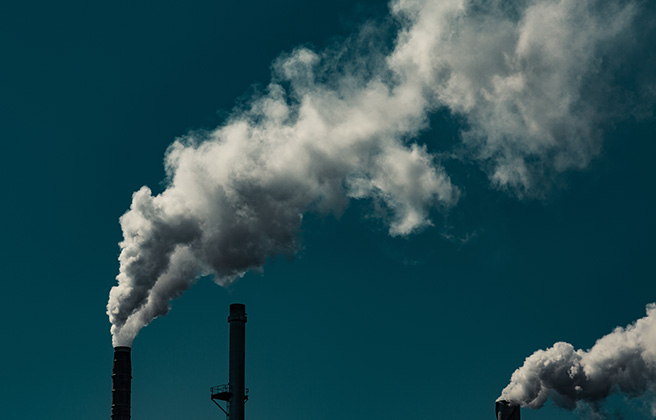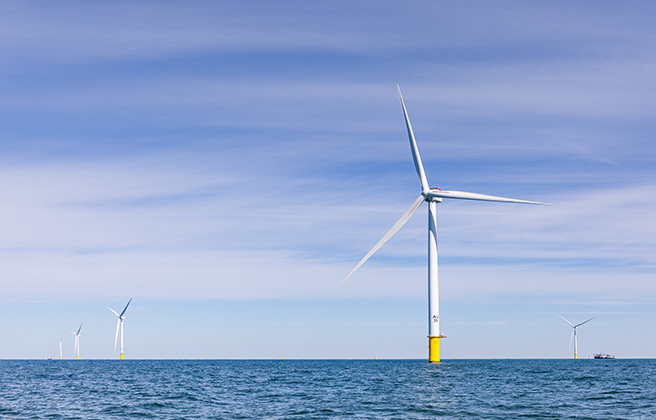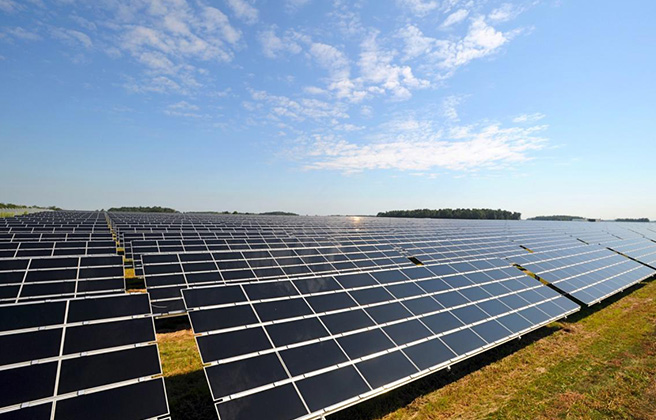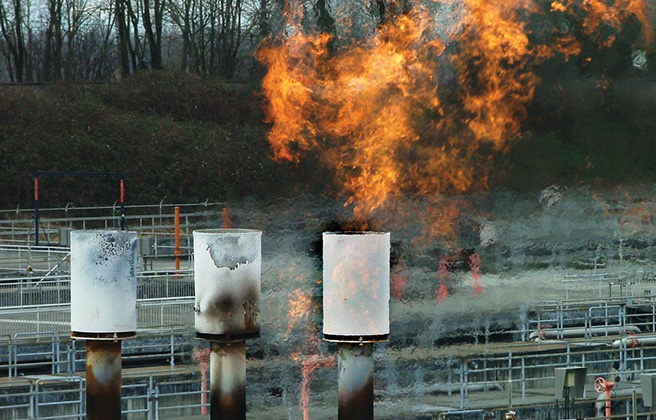Earth Week: Special Edition of Good Climate News this Week!
Apr 26, 2024
 Credit:
Lianhao Qu
Credit:
Lianhao Qu
Every Monday, we round up five of the best good climate news stories we’re celebrating. This week we cover the Biden-Harris administration’s plans to cut carbon and methane emissions, a new offshore wind development, the nation’s first utility-scale agrovoltaic facility, and the Amazon Protection Program.

The Department of Energy (DOE) has announced it will invest $6 billion from President Biden’s affordable clean energy plan to cut emissions from energy-intensive industries, such as aluminum, steel, and cement manufacturing. The investment will help accelerate adoption of emerging industrial decarbonization technology.
The 33 projects funded by this investment are located in 20 states, with 80% of the projects located in Justice40 communities. The projects are expected to cut more than 14 million metric tons of carbon emissions from the atmosphere each year, equivalent to the annual carbon emissions from 3 million gas-powered cars.
Additionally, the projects will create (and maintain) tens of thousands of good-paying, union jobs in communities nationwide.
Source: Energy.gov

The Biden-Harris administration has given the green-light to Sunrise Wind, an offshore wind development off the coast of New York expected to generate enough clean electricity to power 320,000 New York homes.
Once completed, Sunrise Wind is expected to be the nation’s largest offshore wind development with the capacity to generate 924 megawatts of clean electricity. The project will also create 800 construction jobs and 300 operations jobs. The approval of this project is another boost to the offshore wind industry and another great step toward achieving the President’s goal of permitting 30 gigawatts of offshore wind capacity by 2030.
Source: Reuters

The Ohio Power Siting Board has approved the state’s largest solar energy facility to date in Madison County, Ohio. Oak Run Solar will have the capacity to generate up to 800 megawatts of clean electricity and will house 300 MW of battery energy storage.
The project will also be the largest and first utility-scale agrovoltaic facility in the nation, meaning it will both generate clean electricity and be utilized as agricultural land. Between rows of solar panels and around the perimeter of the area it will initially provide grazing land for 1,000 sheep and host 2,000 acres of crops, eventually increasing to 4,000 acres.
Ohio Environmental Council, a state affiliate of LCV, provided expert testimony to the Board on the benefits of the project in mitigating climate change and managing stormwater runoff. The organization was instrumental in getting this exciting project to the finish line.
Source: Ohio Power Siting Board, Ohio Environmental Council

The Bureau of Land Management (BLM) at the Department of the Interior has released its final rule to cut methane pollution. The new rule will require operators drilling on public land to submit plans for tracking and repairing leaks in methane infrastructure and commit to either capturing all gas produced by their facility or to developing a plan to reduce waste of methane via flaring and venting.
Reducing methane flaring and venting on public land, which has doubled in volume since the 1980s, is crucial to President Biden’s federal oil reform agenda. BLM’s new rule will prevent methane waste, protect our environment, and create cleaner, safer air for communities living near methane gas facilities.
Source: E&E

French President Emanuel Macron and Brazilian President Luis Lula da Silva announced that they would invest over $1 billion in a program to protect the Amazon rainforest. Both presidents have committed to working together to halt deforestation in the Amazon by 2030, a move that would help curb global warming.
While touring a sustainable development project near the mouth of the Amazon at Balem, they awarded Indigenous leader Chief Roani Metuktire with France’s highest order of merit to recognize his relentless advocacy for Indigenous rights and protection of the rainforest. In turn, Metuktire asked Lula not to approve the construction of a railroad in the area, saying the Indigenous people had not been consulted on the negative impact it would have on their land.
The visit marked the revitalization of political cooperations between the two countries after a freeze in relations in 2019 when Macron denounced then-President Jair Balsonaro’s handling of fires in the Amazon.
Source: Reuters
Want more good climate news?
Check out the Power Source Blog and follow us on Instagram or Twitter for more Good Climate News every Monday.